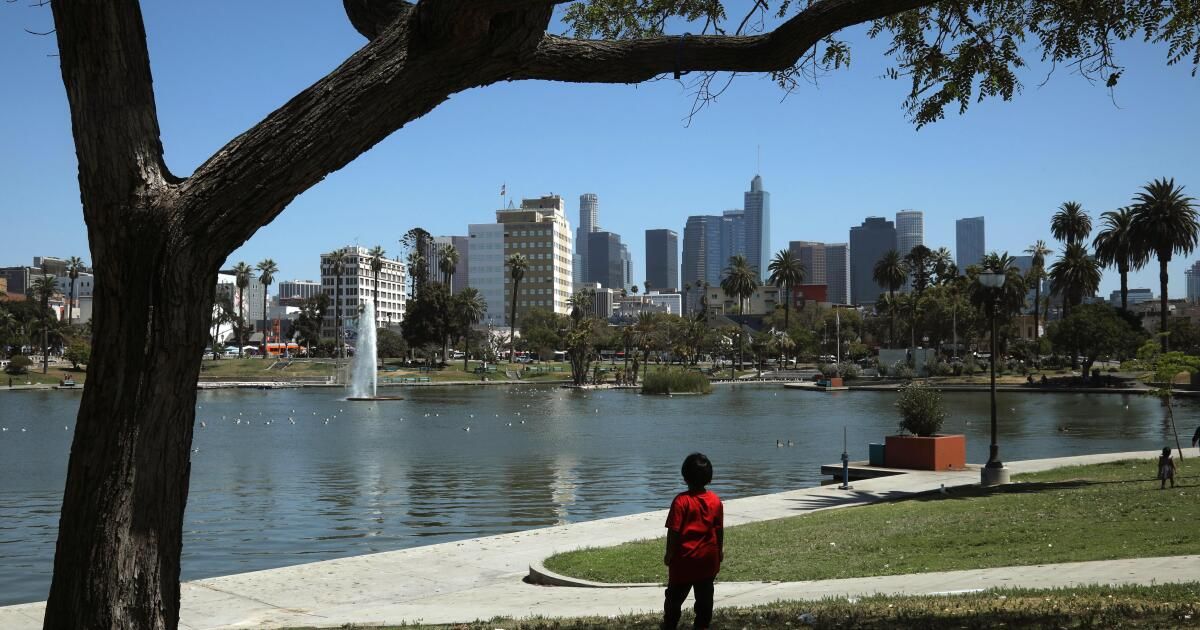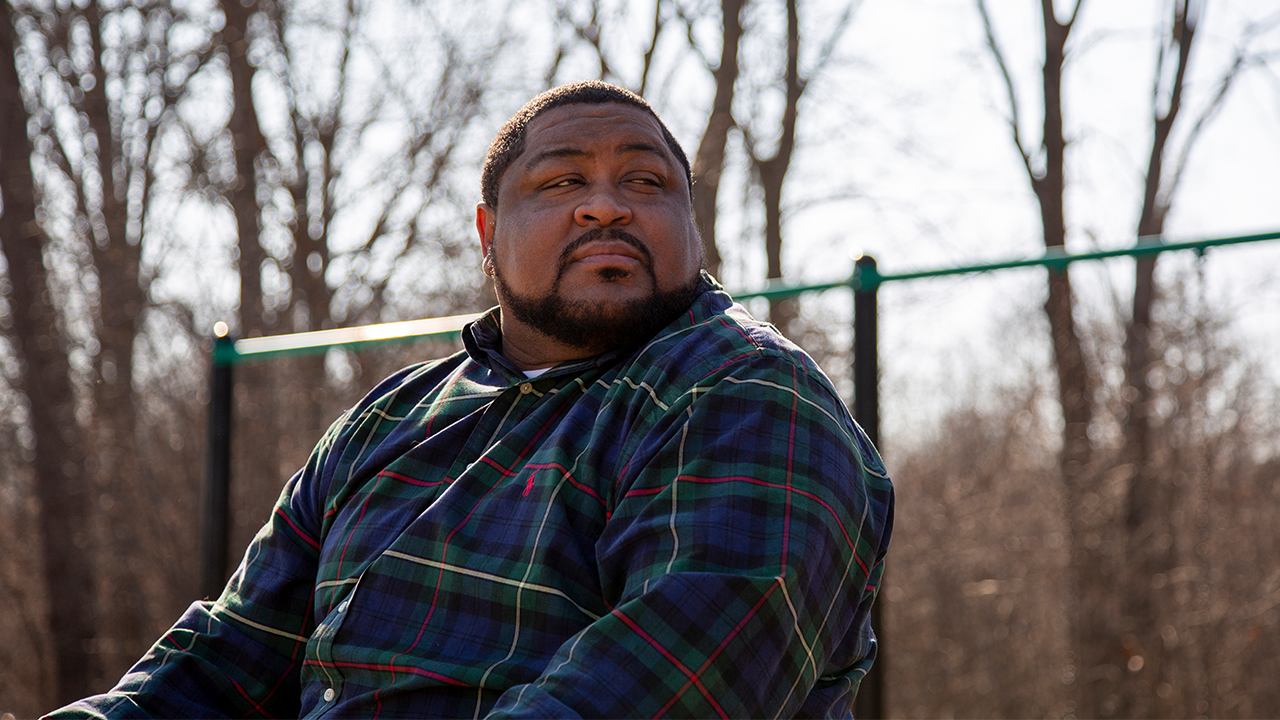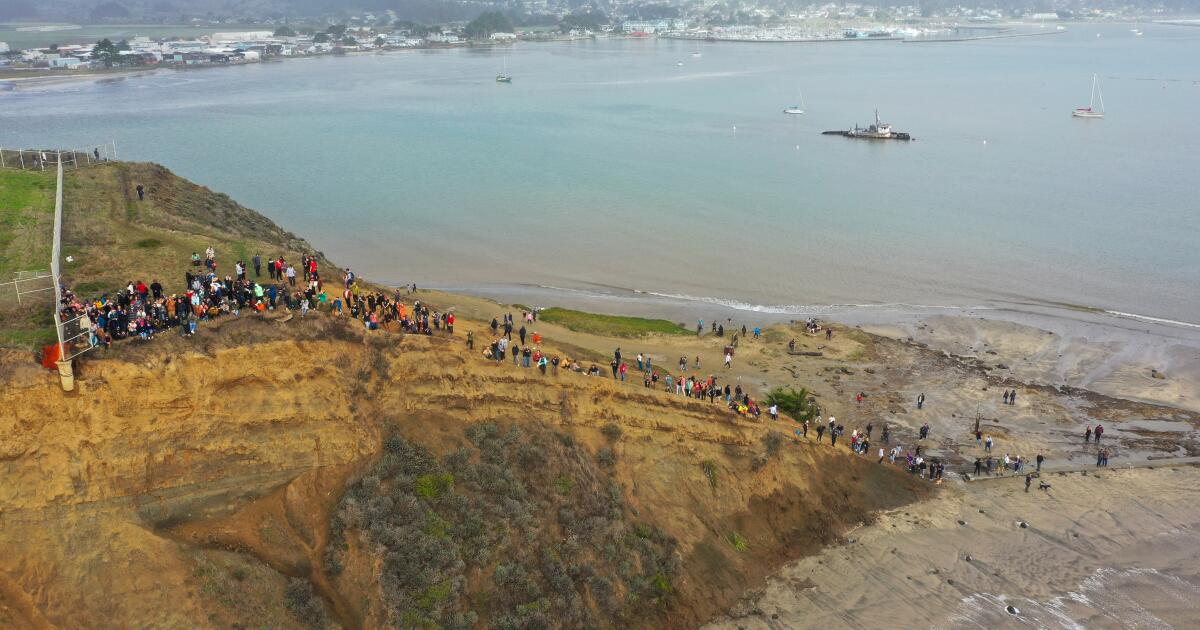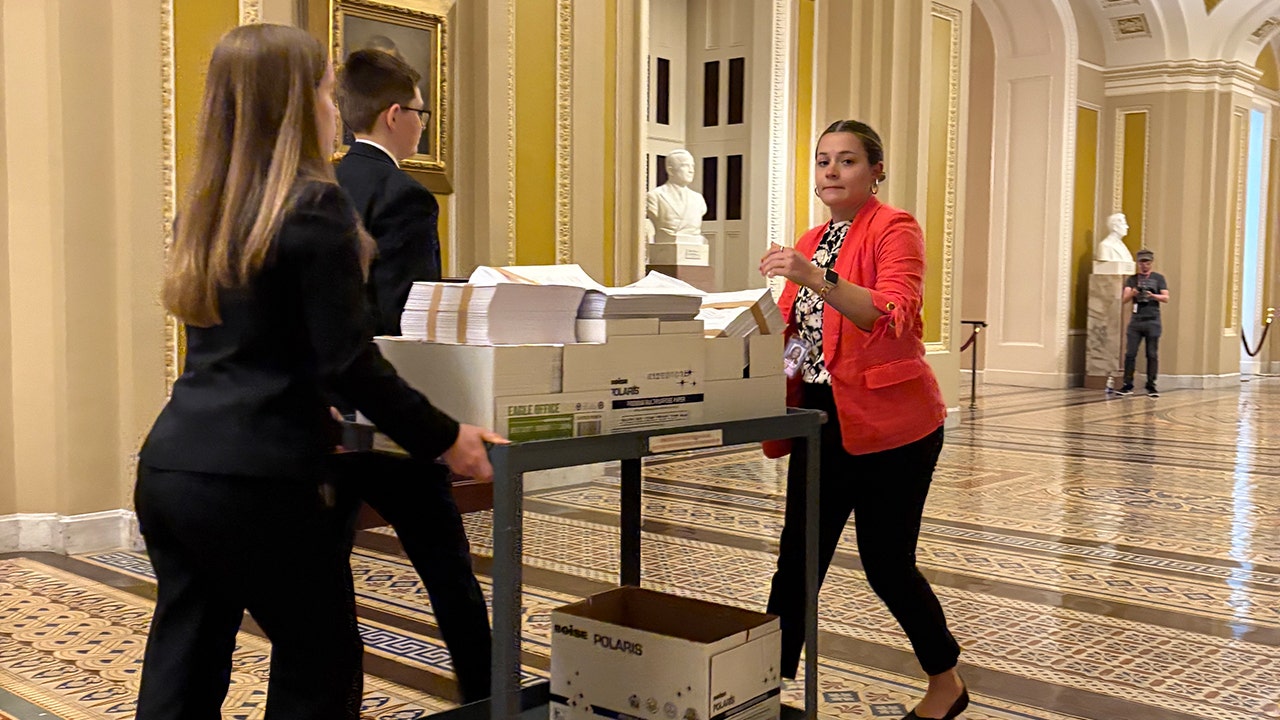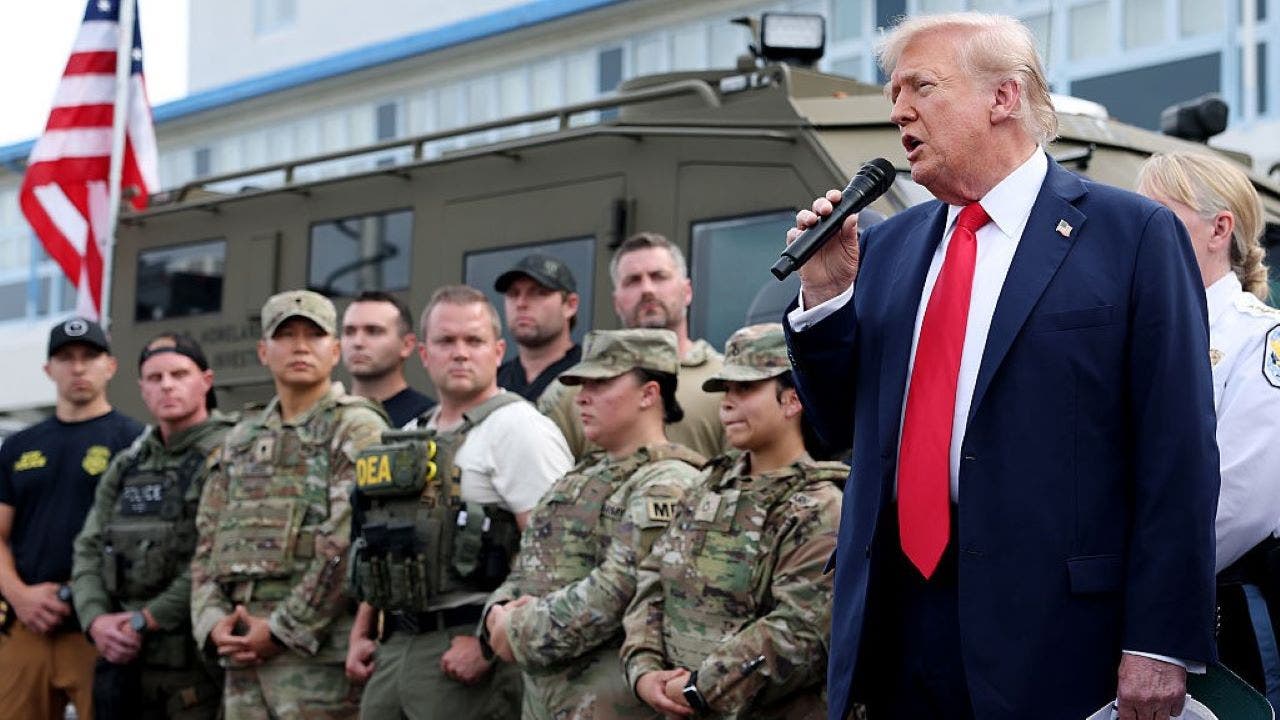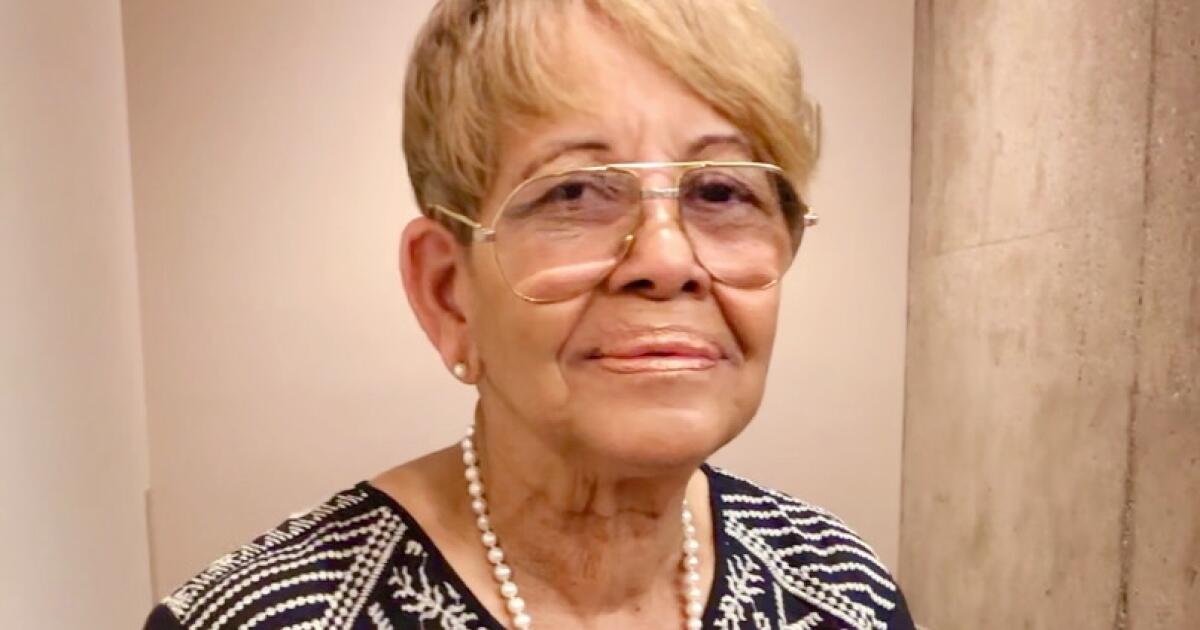One sunny November morning, I was exploring the western end of MacArthur Park when I ran into a social worker who was looking for a client.
We started talking about the grassy, tree-shaded slopes; the Levitt bandstand that hosts summer concerts; the soccer field where young people still gather; and the beautiful view across the lake toward the once-grand Westlake Theater building and the downtown Los Angeles skyline.
“It's a beautiful oasis in the middle of the city,” Willard Beasley said.
That's what breaks your heart. There's plenty of potential in the 35-acre expanse that dates back to the 1880s and was once a symbol of municipal pride, as well as the setting for films by Charlie Chaplin and Buster Keaton and for a stunt in which escape artist Harry Houdini jumped to the lake in chains.
California is about to be hit by a wave of aging populations, and Steve Lopez is taking advantage of it. His column focuses on the blessings and burdens of old age and how some people are challenging the stigma associated with older adults.
But history is checkered and beauty is tainted. The blight runs through the park and spreads into the surrounding streets, with homeless encampments in every direction. Similar problems run deep in other parts of Los Angeles, but the Westlake neighborhood is also affected by gang activity and a fentanyl crisis on vivid public display.
I asked Beasley if he thought the park could be rescued.
“Yes,” he said. “But it's going to take a lot of work.”
Several times in recent decades, as park conditions deteriorated, diverse teams of residents, merchants, public officials, law enforcement agencies and nonprofit rescuers launched restoration efforts.
Most recently, in early 2022, the park reopened after a $1.5 million renovation. Then city councilman Gil Cedillo called it “the front yard and the backyard of so many families” and proclaimed“I am proud to reopen MacArthur Park Lakeside to make it clean and safe.”
But in a recurrence of a long-established cycle, in which the park is saved and then lost again, those improvements were not sustained. Clean, safe and secure gave way to more homelessness, crime and drug activity over the next year.
That was the case in the 1980s, when Adolfo Nodal, who ran the Otis Art Institute in Westlake, helped organize public art projects, a municipal watch program and a neighborhood council that successfully lobbied the city for better lighting and other services.

Rescuers have saved many people from drug overdoses at MacArthur Park.
(Genaro Molina / Los Angeles Times)
“We populated the park with families who wanted to get involved in positive things,” says Nodal, whose book “How the Arts Made a Difference” documented the transformation.
But those achievements were erased by the growing crack epidemic That took root, and once again, MacArthur Park was lost to the people who needed it most.
“No other place in Los Angeles vibrated with its subversive energy or labored under the weight of so much trauma,” Jesse Katz wrote of MacArthur Park in his critically acclaimed book. “Rent collectors” which chronicles the violent neighborhood gang wars, the extortion of vendors, and the daily struggles of a largely Central American population that has lived for decades in hope and despair.
But in one of the many reclamation projects from years past there is a possible plan to bring the park back.
It occurred in 2003, involving a police captain, a civil rights attorney, a councilman, a deli owner and a tamale maker, among others. And it all started after a brash East Coast transplant named Bill Bratton became police chief of Los Angeles and couldn't believe the state of MacArthur Park.
Bratton tapped a Los Angeles center captain named Charlie Beck, who would succeed Bratton as boss in 2009, and transferred him to the Rampart Division in Westlake, a division rocked in the 1990s by one of the world's biggest corruption scandals. LAPD in history. Beck asked Bratton if he had a particular agenda in mind and the boss's response was very clear:
“Clean up the damn park.”

Former Los Angeles Police Chief Charlie Beck, pictured in 2011, was tasked with cleaning up MacArthur Park. On the left, the then mayor Antonio R. Villaraigosa.
(Los Angeles Times)
Beck had worked in the same neighborhood in the 1970s as a rookie, and years later, as he rose through the ranks, he became convinced that the LAPD needed to adopt a policing model focused on building community partnerships. He walked the grounds of MacArthur Park, took notes, and was convinced that the park could not be rescued “with muscle alone.”
“The lighting wasn't working,” Beck recalled. “The entire landscape had disappeared. The boathouse was a disaster. “The bandstand was boarded up.”
He contacted the parks and recreation department, found a donor to pay for a surveillance camera on a nearby building, posted signs listing prohibited activities, stepped up patrols, cracked down on drug trafficking hot spots, enlisted the U.S. Forest Service Department to trim trees, brought in gang interventionists who joined a peace march around the park, and confiscated stolen property, including shopping carts, and stored them in the shed for abandoned boats.
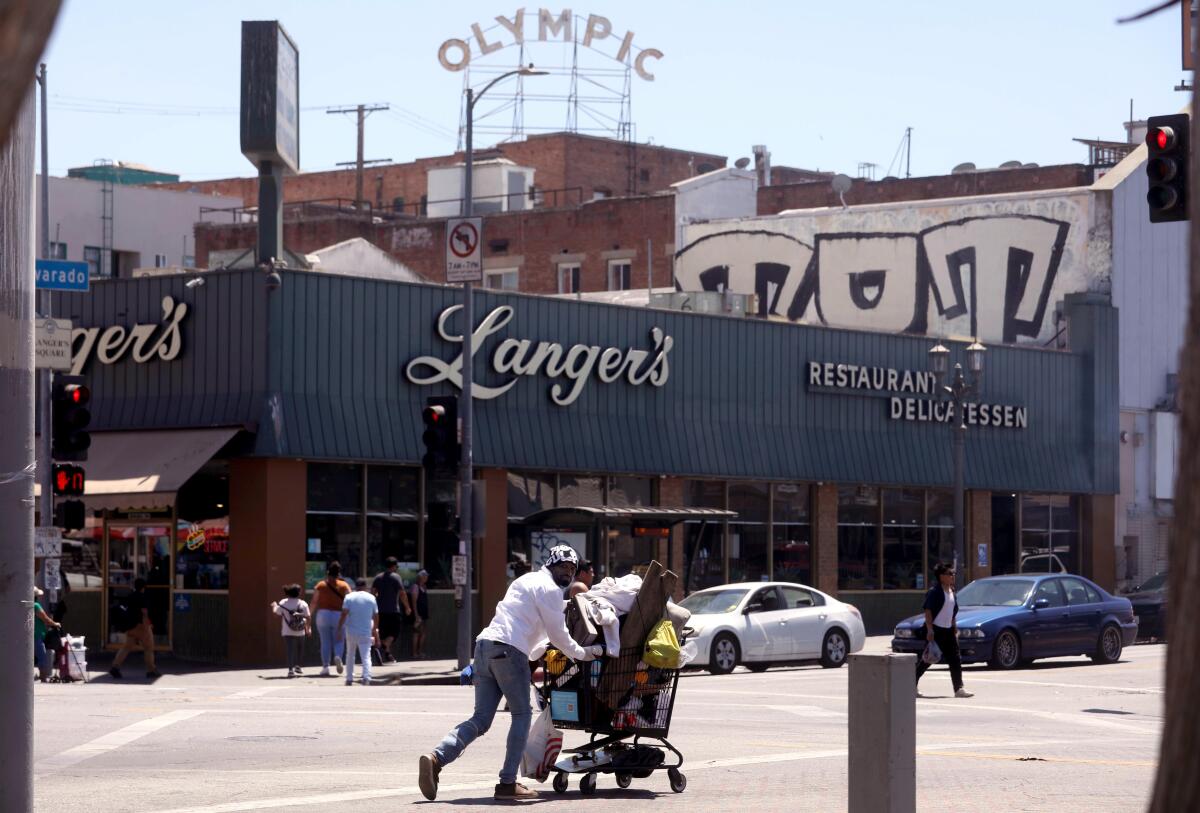
(Genaro Molina/Los Angeles Times)
Beck began making regular visits to Langer's Deli and Mom's tamaleswhich had windows to the park, and consulted with owners Norm Langer and Sandi Romero about neighborhood developments, complaints and strategies.
“A lot of times I would just go there and look at the park while I was drinking coffee or having a meeting with someone, and I would convey what I saw to their feet,” Beck said.
Romero, who organized neighborhood meetings, recruited local clergy to the cause and helped park vendors threatened by gang members, orchestrated weekend festivals that included singers, dancers and puppeteers.
“More families were starting to use the park,” Romero said.
The gang members didn't like what was happening, he said, and occasionally came to his cafe to let him know.
“I just stood my ground and said, 'You guys need to move your stuff somewhere else.' This is going to be a family park again and you can't be here.'”
Ed Reyes, The Westlake City Council representative at the time says nonprofit service groups like Carecen and El Rescate were key in helping address underlying socioeconomic issues. He wanted to make sure he didn't move problems to new neighborhoods without addressing the root causes.
Reyes said his staff members and others “had to dig deeper and deeper,” whether they were confronting slum owners or convincing grandmothers and fathers to catch their children who “were creating all this chaos.” out there.”
In less than a year, 35 lost acres were recovered and turned back into a park. Beck arranged for the lake to be stocked with fish and invited the neighborhood kids to a fishing derby.
“The LAPD led the transformation of MacArthur Park from a crime bazaar to a picnic spot,” said Connie Rice, a civil rights attorney who associated with bratton on police reforms and oversaw Beck's efforts to clean up MacArthur Park.
“You have to go all out” when the crisis is so deep, Rice said, because no single strategy can be effective. “The entire ecosystem” of causes and conditions must be addressed.
And it must continue like this, especially in a city characterized by its lack of follow-through in addressing major problems and a neighborhood made up largely of poor undocumented immigrants struggling to survive while trying to avoid confrontations with law enforcement. and the gangs.

A civil rights attorney believes MacArthur Park can be rescued again if the right approach is taken. “Anyone can lead it, but it takes sustained effort,” said Connie Rice.
(Genaro Molina / Los Angeles Times)
Despite all the good work that was done in 2003, Beck eventually moved on, Romero became ill and walked away from the park project, and gradually the problems returned.
Rice recently saw the park and thought, “Oh, God, it looks even worse than when we started.” But he believes it can be rescued again with the right approach.
“Anyone can lead it, but it requires sustained effort,” he said.
It may be more difficult today than in 2003, given the fentanyl epidemicwhich has turned the park and its surroundings into an open-air museum of the horrors of overdoses. The councilor has taken some small steps Eunis Hernandez and others, but the suffering neighborhood needs a massive infusion of rehabilitative services, more medical intervention, city-county collaboration, and social and housing services of all kinds, along with the kind of law enforcement initiative launched by Beck in 2003.
But that doesn't mean it can't be done.
Reyes told me that when he first met Bratton in the park two decades ago, he pointed out the drug dealers and people who injected themselves, but also the families throwing blankets on the grass.
“This contrast, this conflict, this clash of lives where there are young working families just trying to breathe the air and get some kind of relief, and along with them, there are people in a downward spiral. I wanted him to see that. ”Reyes said.
I was thinking about that idea during my walk in the park, where a playground has been fenced off for months after being damaged in a fire.
It is a sad scene that stands as a symbol of municipal surrender.
And it's where Mayor Karen Bass, Councilman Hernandez and incoming LAPD Chief Jim McDonnell need to come together, learn from what worked in the past and come up with a plan that works today.

